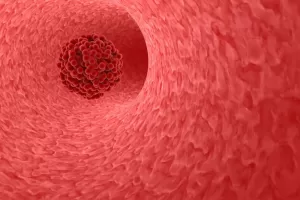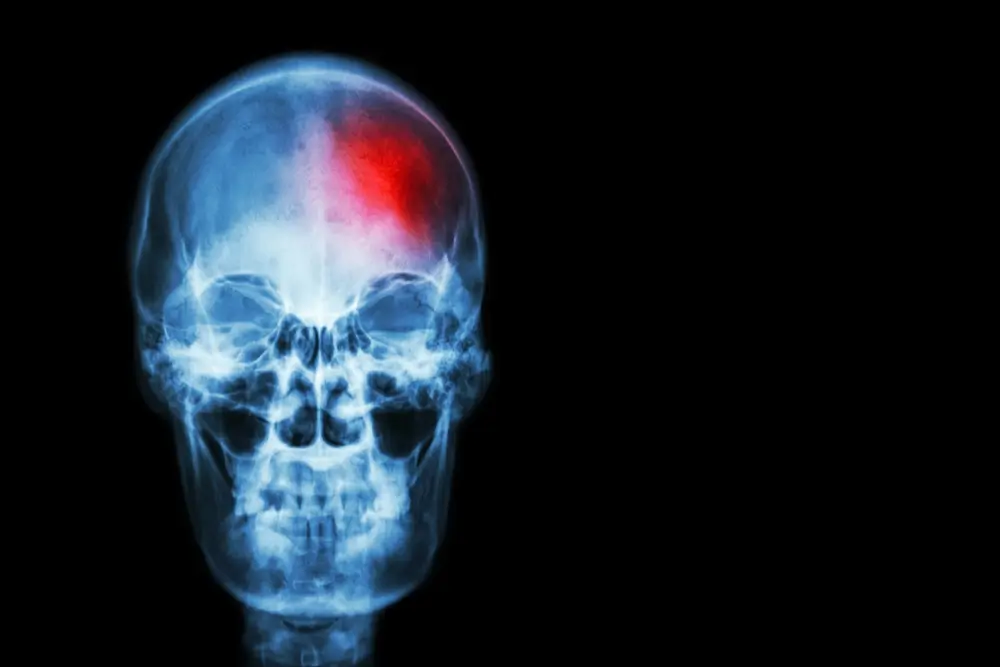Knowing the signs of a stroke & acting fast can save lives
With stroke, fast action can save lives. When people know the signs of a stroke, and get rapid medical attention for themselves or someone else, it can limit the permanent damage a stroke can potentially cause, and may even save a life.
What is a stroke?
- A stroke is when the blood supply to a part of the brain is cut off.
- When a clot blocks a blood vessel in the heart, it’s called a heart attack- so some people refer to a stroke as a “brain attack”.
- The most common cause is a blockage in a blood vessel, usually due to a blood clot.
- The area of brain tissue supplied by that blood vessel can no longer get oxygen and other vital nutrients, and starts to die.
- This means that the part of the body controlled by that region of the brain will lose its function.
- If the blockage is not removed quickly, the damage can be permanent.
- A clot-busting drug can be used in an Emergency Department to clear the blockage, but it only works if given within a short timeframe- that’s why it’s so important to get immediate medical attention if someone shows signs of a stroke.
What are the risk factors for stroke?
Anyone can get a stroke, but there are some factors that mean your risk is higher, including:
- Smoking
- High blood pressure (hypertension)
- Atrial Fibrillation
- Diabetes (particularly if poorly controlled)
- Obesity
- Sedentary lifestyle
- High cholesterol
- High alcohol intake
What are the key signs & symptoms of a stroke?
The “FAST test” is a handy way of remembering the signs of a stroke and what to do:
F is for Face: is there drooping or weakness of one side of the mouth?
A is for Arm: can both arms be lifted? In a stroke, there may be weakness of one side (weakness may involve a leg on the same side too)
S is for Speech: is speech affected? can the person understand and be understood?
T is for Time: time is crucial. If you or someone else develops any of the above symptoms of a stroke, call 000 and ask for an ambulance.
Other symptoms of a stroke:
While the FAST test is a good guide, there are other possible signs of a stroke, these include:
- Severe headache
- Vomiting
- New onset of dizziness, balance problems or falling.
- Confusion and difficulty understanding others
- A sudden disturbance of vision
- Difficulty swallowing
What is a TIA or “mini stroke”?
- A TIA (transient ischaemic attack, also known as a “mini stroke”) is when a blockage happens in a blood vessel in the brain, but does not last- the blockage clears by itself before any permanent damage occurs.
- It can cause the symptoms of a stroke and should be taken just as seriously.
- If someone has had a TIA, it may mean they are at a high risk of stroke- they need urgent medical assessment.
What to do
- If you think you or someone else has symptoms of a stroke, seek immediate medical attention, dial 000 and request an ambulance.
- Time is of the essence- a clot busting drug can save brain function and may even save a life, if given in time
For more information on stroke, go to the Stroke Foundation website or speak to your GP.
Getting a Mental Health Care Plan in Australia: Your Guide
Getting a Mental Health Care Plan in Australia: Your Guide Mental health matters—and if you’re feeling overwhelmed, anxious, or down, a mental health care plan can help. But what is it, and how do [...]
UTI Symptoms and Treatment: What You Need to Know
UTI Symptoms and Treatment: What You Need to Know Urinary Tract Infections (UTIs) are common, uncomfortable, and often disruptive. But what exactly are the signs to watch for, and how can you get relief [...]
Free Mental Health Care Plan Online | Bulk-Billed by Qoctor
Free Mental Health Care Plan Online | Bulk-Billed by Qoctor Discover how to get a free, bulk-billed Mental Health Care Plan (MHCP) in Australia through Qoctor's telehealth service. Accessing [...]






